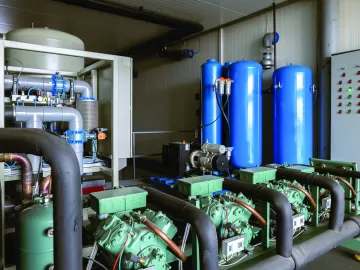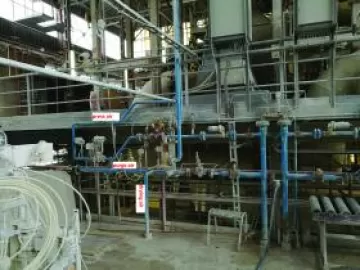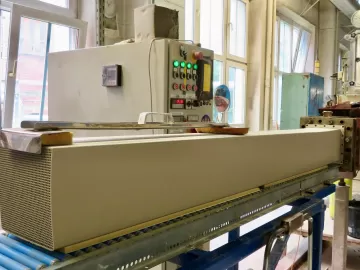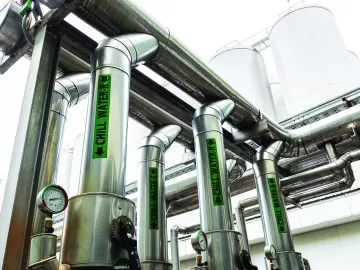An Auditor’s Notes on Compressed Air Dryer Installations — Part II
There is always something new to learn about compressed air systems – particularly in regards to compressed air dryer installations. As I discussed in Part 1 of this series, you can make compressed air dryer installations more reliable by understanding the consequences of any modifications you make to the system. As a continuation of those ideas, Part II explores more ways to make a dryer installation more reliable. Discussions include: the difference between operating a desiccant dryer in a fixed cycle opposed to demand mode, what happens when you operate a heated desiccant dryer with the cooling air turned off, and how to deal with the unintended consequences of dedicating a desiccant dryer to a compressor.











